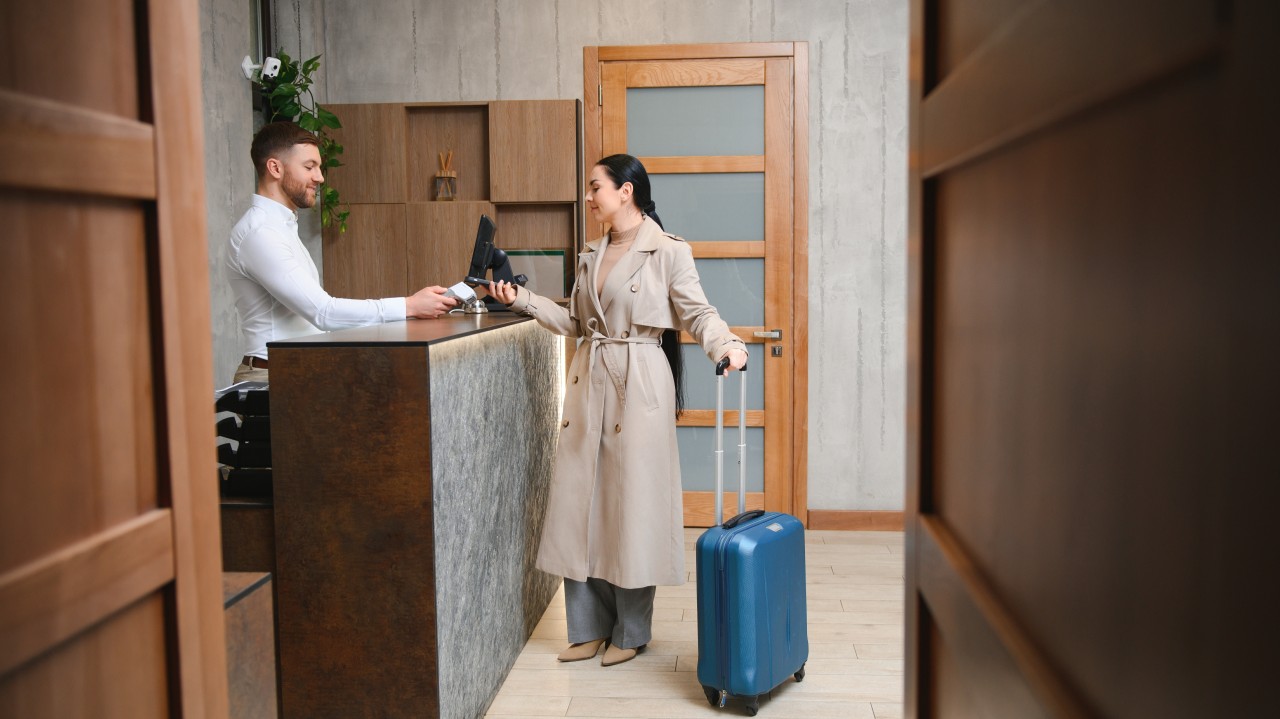Fix your post-pandemic hotel tech chaos. Learn to audit, consolidate, and align your technology for a seamless guest experience and improved efficiency.

In recent years, the hospitality industry has gone through a digital "space race." The pandemic accelerated the adoption of tools like contactless technology, online booking systems, virtual service platforms, and mobile check-ins. As a result, many hotels ended up with a mix of technology solutions that were not designed to integrate with each other. This has led to a complicated web of fragmented systems, disconnected data, and growing frustration among both staff and guests.
As we enter the fall, now is the perfect moment for hoteliers to take a short breath, reassess, and look at the technology landscape with intention. Here’s how hoteliers can move from a fragmented set of systems to a cohesive, high-performing technology stack.
Begin with a comprehensive audit of your current technology ecosystem. This should encompass all elements, including your Property Management System (PMS), point-of-sale (POS) tools, digital guest messaging, mobile key systems, and Customer Relationship Management (CRM) software. However, there’s a unique approach to consider: focus on building the “ultimate” guest profile that your staff can use to enhance guest engagement.
Often, hotels are still paying for tools that were hastily added during the pandemic for safety reasons, but no longer serve a purpose or create more friction than reduce it. This is especially the case when investments were rapidly made during the pandemic. Without thinking about how all of the technology underpinning the guest journey stitches together hoteliers now struggle to create new revenue streams or operational efficiency gains.
Tip: Interview department heads and frontline staff to understand what’s really working versus what’s just adding complexity.
Every hotel is unique. Before investing in new technology, define your ideal guest journey and your operational priorities that staff need to be supported and consider:
Whether you’re running a boutique property or a large resort, tech should enhance human service, not hinder it. Aligning your tools with your brand promise and service philosophy is key. At the heart of that philosophy should be the north start of supporting your staff for the long-term, especially when our industry is reaching record high rates of turnover.
The most common post-pandemic challenge for hoteliers? Disconnected systems that don’t “talk” to one another. When tech stacks are cobbled together, data remains trapped in silos, workflows get clunky, and personalisation capabilities suffer. Stable integration should now be a non-negotiable. Wherever possible, consolidate vendors or invest in open APIs that allow your systems to communicate.
At Alliants, we’ve seen properties improve guest satisfaction scores significantly just by unifying their messaging and service platforms into one interface.
The pandemic taught us the importance of adaptability. Your next tech investments should be future-ready, not just reactive. Choose tools that are modular and scalable, so they can evolve with your property’s needs and market trends.
Avoid locking yourself into inflexible systems that can’t grow with your business or respond quickly to new challenges.
While today’s travellers expect seamless, tech-enabled experiences, they still want to feel valued.
An integrated tech stack allows you to personalise at scale. From remembering guest preferences and offering timely upgrades to enabling fast, multi-channel communication, modern systems should help you meet (and exceed) guest expectations.
When connected correctly, tech fades into the background, and what guests remember is the thoughtful, responsive service.
Even the best tech won’t improve operations if your team isn’t onboard. Change management is just as important as system selection.
Your goal is not to replace your people with technology, but to free them from repetitive tasks and allow them to focus on welcoming and caring for guests.
Finally, establish KPIs that reflect both operational efficiency and guest satisfaction.
These insights can help you fine-tune your stack over time and make a stronger case for ROI when reporting to stakeholders.
The scramble to “go digital” for safety during the pandemic brought quick fixes, but also a lot of chaos. Now’s the time to slow down, take stock, and rethink your tech with purpose. When you align the right tools with the service you want to deliver, that once-messy tech stack can become a smooth, guest-focused powerhouse.
At Alliants, we help hospitality brands around the world modernise their technology ecosystems, unify guest communications, and deliver service that feels personal, even at scale. If you’re ready to cut through the noise and build a future-forward hotel tech stack, we’re here to help power exceptional experiences for your portfolio.